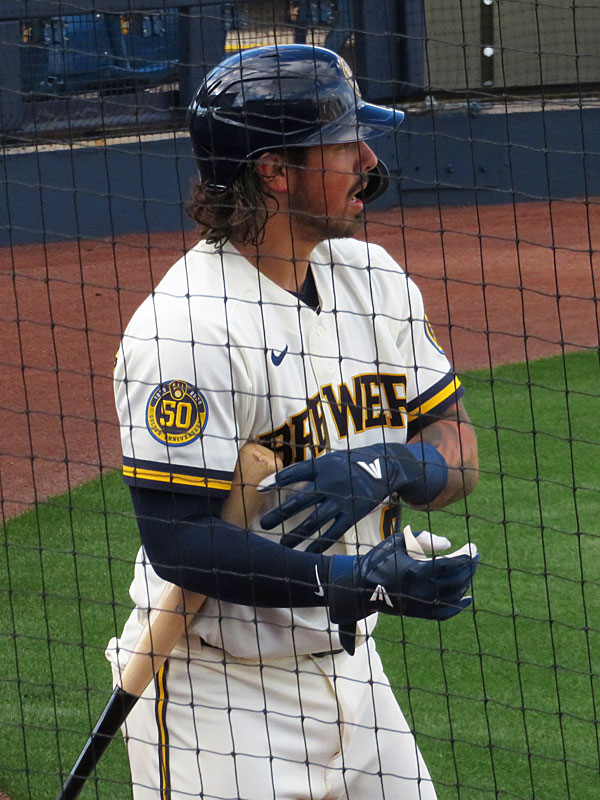

Swords crossed, knives drawn, lives on the line the deeply jewel-rich but somber palette matches the gravity of the event. It magnifies an epic through line that contemplates the question: When have we not been in struggle? When asked about this, he replied, “Everything I have to say is in my paintings.”Īnd he was indeed a master storyteller, a bellwether, fluent, sublime. When I met Jacob Lawrence in the mid1970s, our country still smoldering from the civil rights struggle, he was already an elder artist-statesman who was at times criticized for not being openly strident enough in his political views. Follow Barbara Earl Thomas barbaraearlthomas on Instagram.

Jacob Lawrence was her teacher and friend.

If the present bears slavery’s mark through its material, legal, and affective structures (evidenced in imprisonment and police brutality, to name two examples), then the abolition the painting imagines remains an unfinished project.īarbara Earl Thomas is a painter and writer whose work has been exhibited throughout the United States. Did the freedom the figures were killed for ever become manifest? Were the racial violence of slavery and the plantation’s material and affective legacy ever abolished? Has the pain Lawrence so effectively depicts ceased to resonate? What some critics have called “the afterlife of slavery” puts an affirmative answer to these questions into doubt.
#Jacob nottingham 27 instagram series
The painting’s temporal ambiguity reads in the current moment as a series of questions. One that manifests the acquisition of the “freedom we. Lawrence’s painting is unique: just as it refers us to a particular historical moment, it also leaves open the imagining of an alternate future, The painting subtly includes a time that remains delayed and out of view, the moment that might have resulted in freedom from the plantation. But because the painting memorializes the event of this violent suppression, it is simultaneously haunted by the possibility of resistance that the depicted white men seek to extinguish. Two wounded, enslaved Black people struggle against two white men the blade piercing the front figure’s left back signals the violence of the conflict at hand. While discovery of the missive stopped the plan, it was published in the New-York Evening Post a week later.Įrich Kessel is a doctoral student in the History of Art and African American Studies program at Yale University.Īt first glance, this panel seems to depict a single moment in time: the violent suppression of a North Carolina slave revolt from 1810. The letter was part of an exchange outlining logistics for a revolt planned for midnight on April 22, 1810, to liberate enslaved populations between Halifax County, North Carolina, and Greene County, Georgia. Lawrence found the reference to this letter by Captain James, an enslaved man in Georgia, in Herbert Aptheker’s book American Negro Slave Revolts (1936). The life and death struggle embodied in this brutal fight for liberation ruptures the national peace. James’s emotion is mirrored in Lawrence’s painting, which shows the muscular back of a very strong black man reaching up to hold two armed white captors at bay.
#Jacob nottingham 27 instagram full
The letter read: for freedom we want and will have, for we have served this cruel land long enuff, and be as secret conveying your news as possible, and be sure to send it by some careful hand, and if it happens to be discovered, fail not in the day, for we are full able to conquer by any means – sir, I am your Captain James, living in the state of Georgia in Greene County. Its title caption comes from a captured letter written by James expressing his unrelenting desire to overthrow bondage and strike out for freedom. This painting symbolically represents the suppressed revolt planned by Captain James to liberate the enslaved communities between Greene County Georgia and Halifax County, North Carolina, in April 1810.


 0 kommentar(er)
0 kommentar(er)
